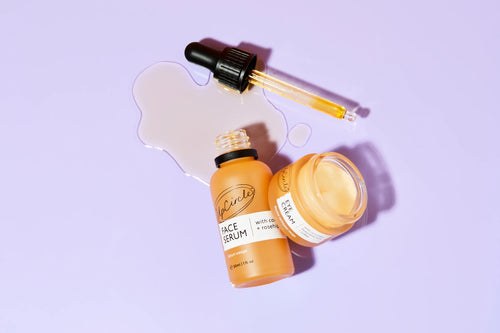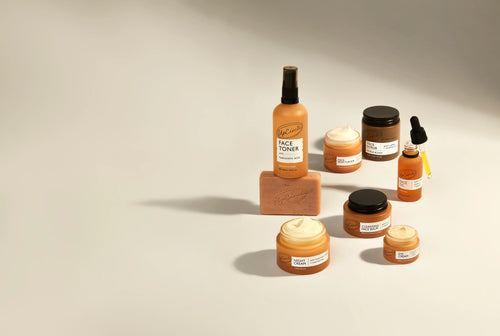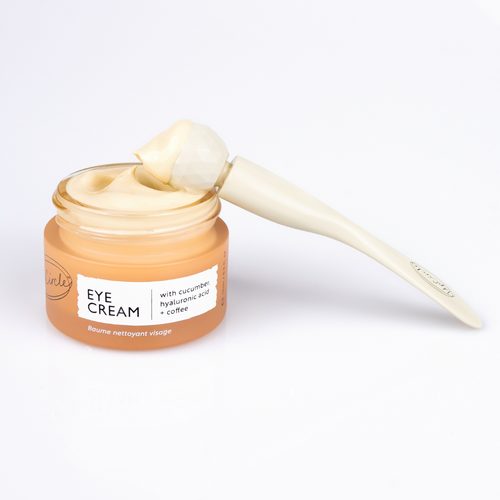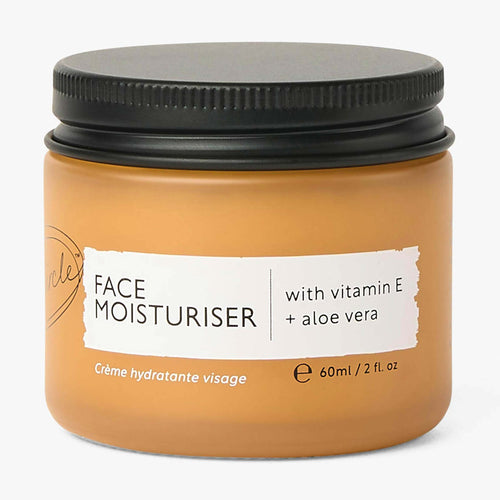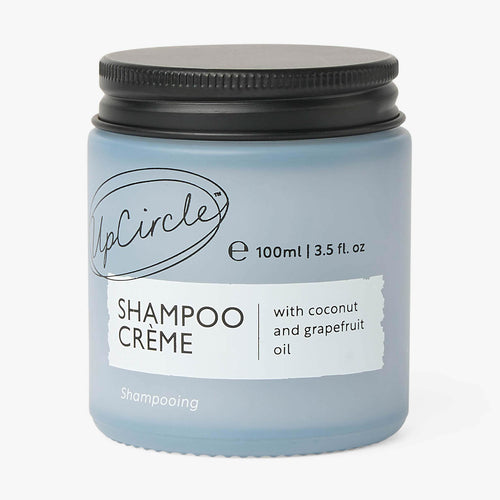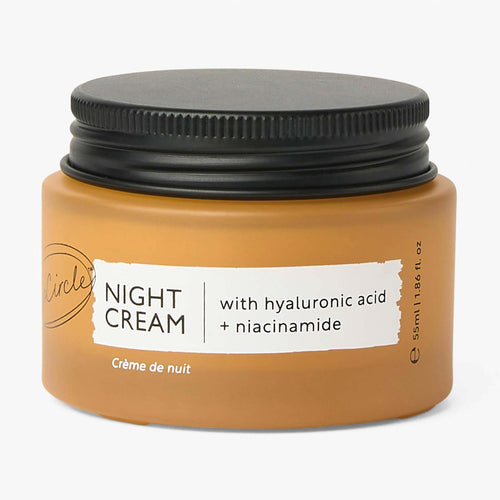Did you know that face mapping your spots can give you crucial insight into how to achieve clean and clear skin? Before we dive into spot mapping, we want to remind you that your skin is beautiful – spots or not – and plays a huge role in keeping you well. Always be kind to yourself and your skin!
Face mapping reveals that spots on different areas of the face and neck tend to be caused by different things. If you understand this, you can begin to tackle the blemishes and breakouts in a more targeted and successful way.
The process of face mapping spots is actually nothing new. Indeed, it’s an ancient Chinese practice and common feature of Traditional Chinese Medicine (TCM). In TCM, the skin is seen to be a window into what else is going on in the body – it signals your inner health. As is often the case, Eastern medicinal wisdom has a lot that we can learn from today and implement into our routines.
So, without further ado, let’s explain some of the key landmarks on the spot map!
Spots on your forehead
Spots on the forehead are a common complaint. Occasionally they are fuelled by grease and grime transferred from your fingers when touching your hair. However, face mapping also indicates that spots on your forehead could be due to some food digestion issues or even liver stress.
We recommend keeping a food diary if you suffer from spots and this is especially true with forehead spots. Try to track patterns, bearing in mind that there may be a few days between something you eat and its result on your skin.
To combat those pesky forehead spots, try eating a diet packed with antioxidant rich vegetables, especially leafy greens. Cruciferous veggies (think broccoli and kale) are also great for giving your liver a helping hand. Vitamin C rich foods can also help boost your immunity, fighting off the bad bacteria causing spots. As always, for clear skin, drink plenty of water.
Pick a product: For spot breakouts on the forehead, try regularly using our Kaolin Clay Face Mask to draw out impurities.
Spots on your nose
If you suffer from spots on your nose, we know that it can sometimes cause you to feel self-conscious. The problem is that the nose seems to be a central spot, quite literally, for pores that get clogged and for blackheads upon blackheads. Face mapping believes that spots on the nose are potentially linked to both respiratory and cardiovascular concerns, so it’s time to take care of both your lungs and your heart.
Start by kicking any smoking habit to the kerb and ensuring you get plenty of fresh air in your home. Spend as much time outdoors as you can, soaking up nature wherever possible. Choose a diet rich in healthy fats, such as nut and olive oils, and again load up on broccoli. An apple a day will help too. Importantly, do what you can to lower your stress levels.
Pick a product: Enjoy making exfoliation part of a relaxing skincare routine with the Herbal Blend Coffee Face Scrub. It helps to cleanse the skin and buff away dead skin cells, but it will also help you feel pampered and relaxed.
Spots on your cheeks
Your cheeks are another area where touching your face regularly may be the culprit – and make sure you remember to change your pillowcase. However, when you’re face mapping your spots, look at your cheeks too. Traditional face mapping suggests that spots on your cheeks are sometimes due to too much sugar, dairy or red meat. It’s thought that these products drive a reduced metabolism. If your metabolism is slow, you may put on weight more easily or struggle to absorb the nutrients from your food and this could lead to spots.
Pack your diet with lots of phytochemicals from herbs and spices. Aim for a good night’s sleep and a more active lifestyle. You may wish to keep a food journal too. Definitely reduce your sugar intake if it’s crept up.
Pick a product: Use our wonderful Chai Soap duo. This will help cleanse and energise your skin.
Spots on your chin
Spots on your chin are common, particularly in the crease under your lip. Face mapping says that spots here point to hormonal imbalances, which might explain why these blighters emerge at certain times of the month.
Stress releases the hormone cortisol which can also unbalance things, so try to keep stress under control. Taking steps to improve the quality of your sleep is a good first step. Perhaps start by banishing your phone from the bedroom. You can also think about what helps you unwind, whether that’s a yoga class, meditation or a walk in nature.
Pick a product: Wind down for sleep by removing the day’s make-up and accumulated grime with our Cleansing Face Balm with Apricot Powder. Create a night time ritual with your skincare and it can help banish the cares of the day before bedtime.
Spots on your neck or jaw
Last but not least on the spot map are the spots that flare up on your neck or jaw. As with spots on your chin, it is thought that hormonal imbalances can trigger these outbreaks.
Once again, minimising stress is a good approach as well as reducing the amount of sugary foods in your diet. Increase fresh fruit, vegetables and healthy protein in your diet while reducing the amounts of starchy foods and sugars. Think about your lifestyle and steps you can take to reduce stress, such as laughter with friends or enjoying a long soak in the bath.
Pick a product: The spots on your neck and jaw tend to be lumps and bumps rather than full whiteheads. Use our gentle Fennel and Cardamom Chai Soap Bar to cleanse and moisturise. It gently cleanses pores but also hydrates skin, smoothing blemishes.
Does face mapping spots work?
There’s no actual scientific data to back up face mapping spots, but don’t be too quick to dismiss it. Dermatologists have long understood the connection between diet and skin outbreaks, for example. It’s certainly worth trying to pay attention to what your skin may be revealing.
Always opt for natural skincare products that are kind to your skin, as well as the environment.

